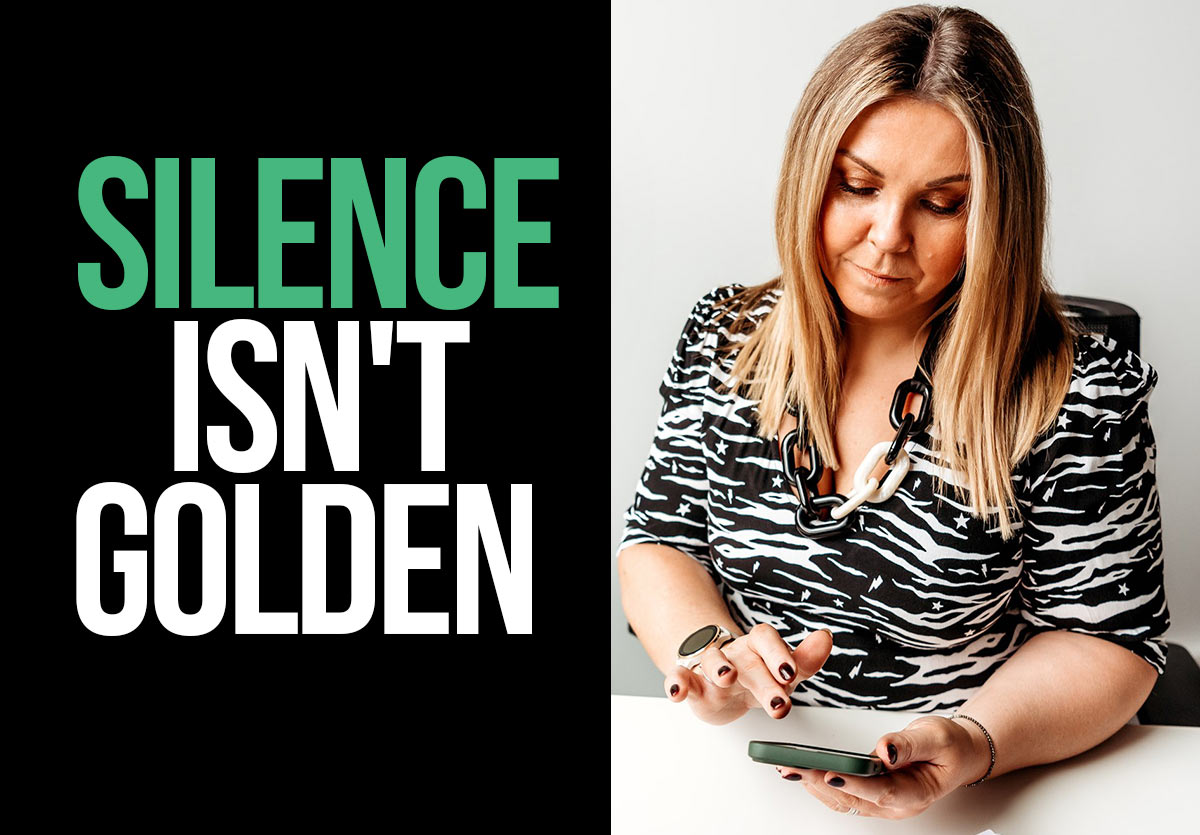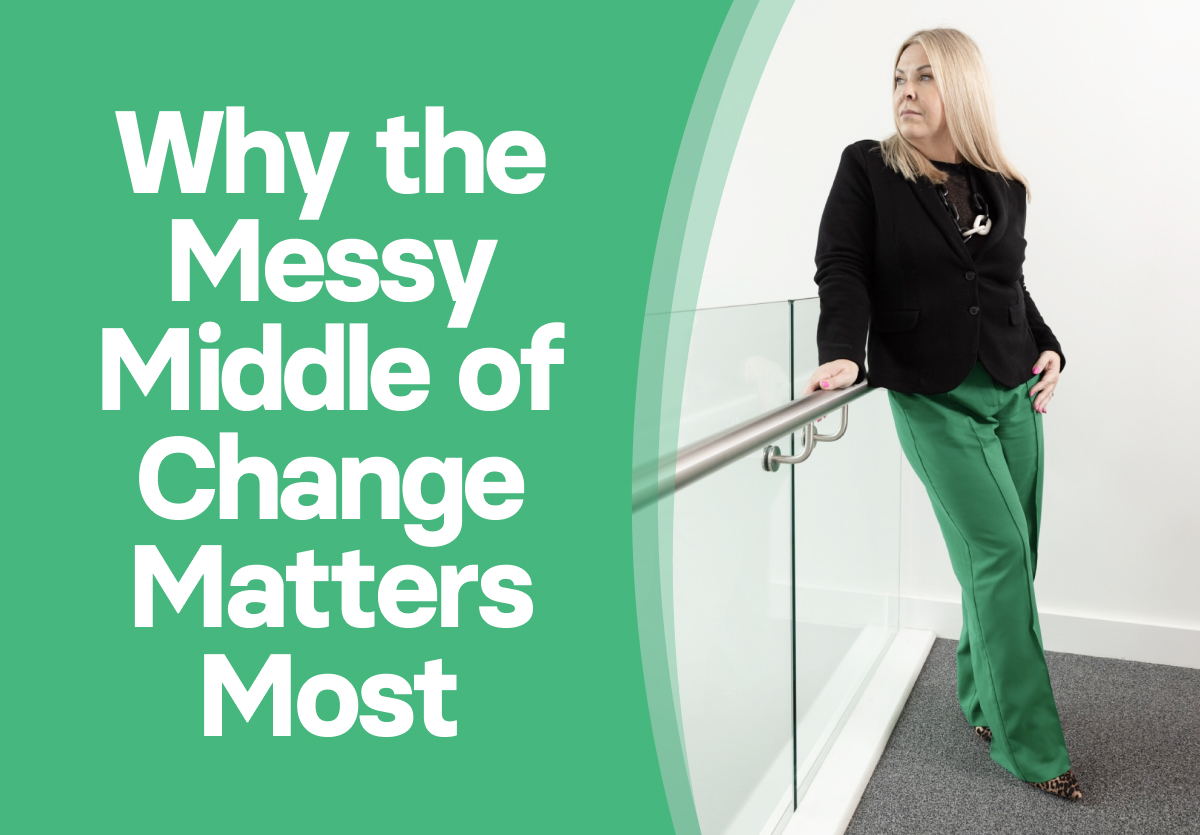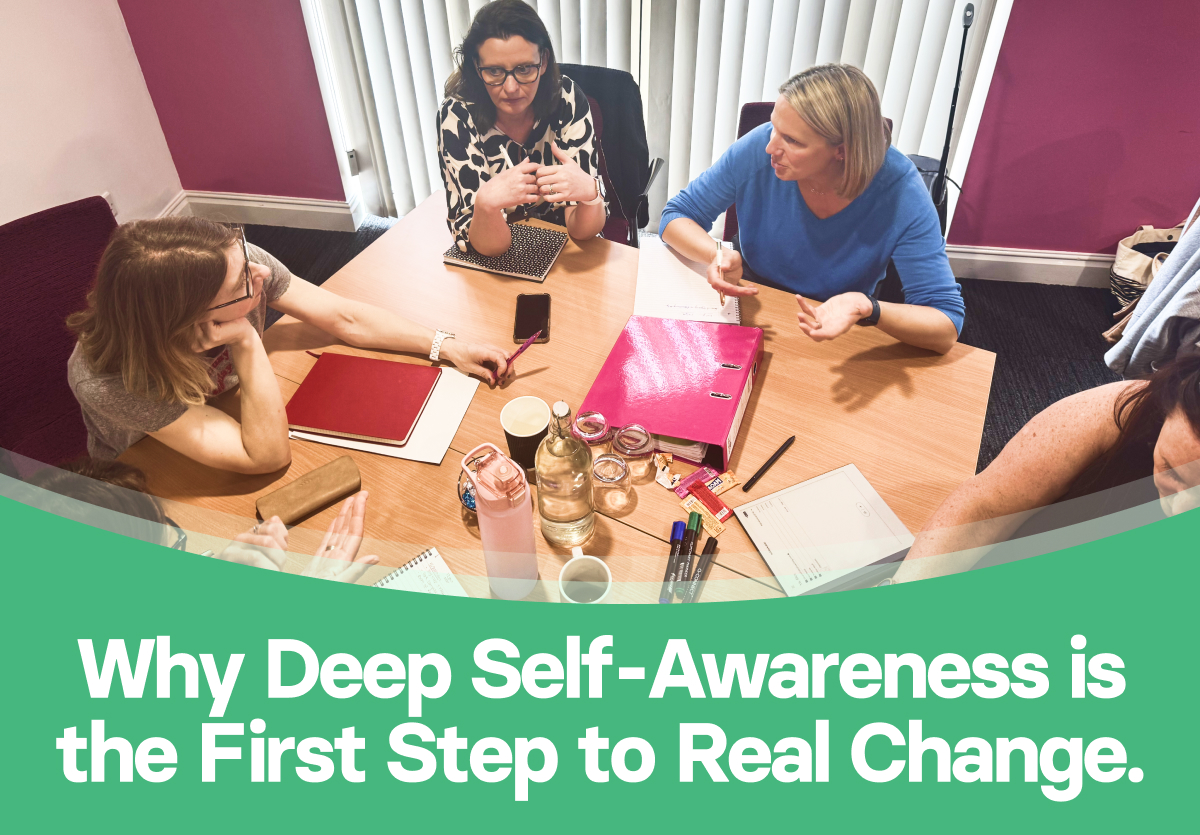Coaches are taught to use silence as a tool in their coaching practice. In fact, if you type ‘use of silence’ into google you’ll find a myriad of articles advocating silence as a powerful coaching technique.
At Paseda360, we don’t fully agree. This short article sets out to share why we believe silence isn’t golden.
Have you ever been on the receiving end of the use of silence?
How did it make you feel?
If the answer is ‘uncomfortable’ you are not alone.
Deep in the brain’s limbic system lurk trigger points. These trigger points are linked to your past experiences and they are constantly scanning for danger, waiting to activate your survival responses.
The use of silence can activate the triggers and produce the fight, flight, freeze response in the body.
For many people silence is uncomfortable, and for some it is downright painful.
Silence is a key manipulation technique and is used consciously to make a person feel stressed, guilty, ashamed or not good enough. Many people have experienced this type of manipulation in their lives, and the experience sits in the memory blue print, creating a trigger point. When silence is used this trigger is detonated and the original feelings come flooding back.
In coaching, the uncertainty of silence feels like rejection, and the fear of rejection leads people to panic, which triggers the fight, flight, freeze response.
This response plays out through body language. You can see a person’s eyes caught in the headlights, cheeks flushing, fingers twisting, their head turning to one side.
Whilst the idea of silence in coaching is to empower the coachee to find their answers, what actually occurs is a shift in power placing the coach in the prime position.
When the power shift occurs, trust is diminished which leads to a psychologically unsafe feeling for the coachee.
The use of silence has its place at the right point on the client journey when work has been done to disarm the triggers.
Even at this point, we suggest silence isn’t used as a ‘tool’ in the coaching conversation. A coach who is highly in tune with their client’s non-verbal signals will notice when the client needs a moment to think or consider. Using a closed question like ‘shall we take a moment to let you think? Or ‘would it feel good to pause for a moment here? invites the client to give permission for the silence so power remains neutral.
We teach the client to use silence as a self-reflection technique instead. They can choose when the silence occurs. Taking some silent time each day to provide clarity and gives us scope to check in with our feelings.
Silence has a place, but it must be a considered one, used at the right point on the client journey.
Visit our courses page to find out more about The Paseda360 coach training courses.







